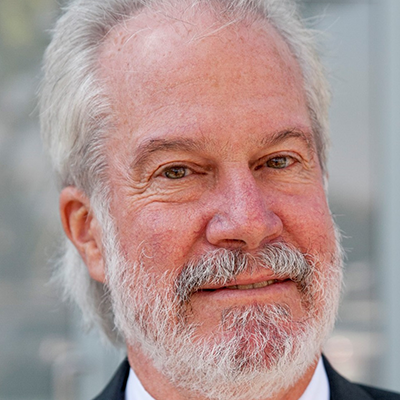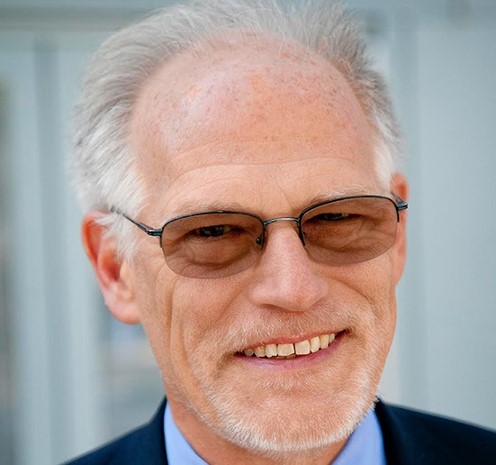
General Director,
Objective Analysis
Jim Handy of Objective Analysis has over 35 years in the electronics industry including 20 years as a leading semiconductor and SSD industry analyst. Early in his career he held marketing and design positions at leading semiconductor suppliers including Intel, National Semiconductor, and Infineon. A frequent presenter at trade shows, Mr. Handy is highly respected for his technical depth, accurate forecasts, widespread industry presence and volume of publication. He has written hundreds of market reports, articles for trade journals, and white papers, and is frequently interviewed and quoted in the electronics trade press and other media. He posts blogs at www.TheMemoryGuy.com, and www.TheSSDguy.com.
0
0
0
0
0



